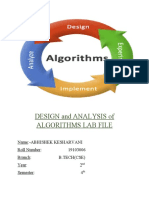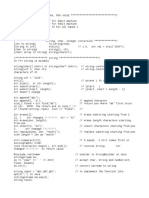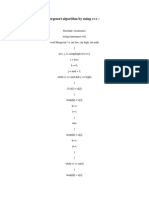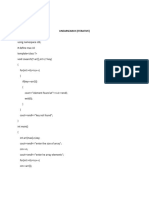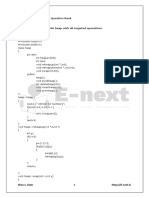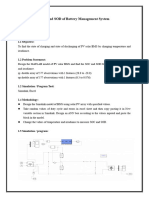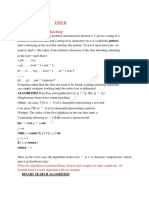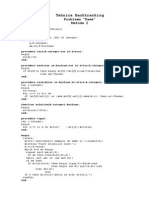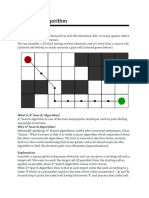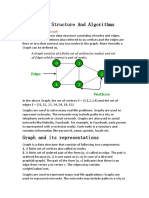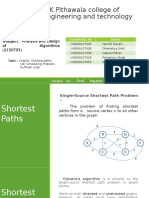0% found this document useful (0 votes)
25 views21 pagesAssignment 4
Heap sort uses a binary heap data structure to sort elements in O(n log n) time. Binary heaps support operations like insert, delete, extract max/min, and decrease key in O(log n) time, making them useful for implementing priority queues. Priority queues have many applications in graph algorithms. Counting sort can only sort integers within a fixed range, so it cannot directly sort strings alphabetically. Radix sort can sort integers between 0 to 9999 by sorting based on individual digits using counting sort. Separate chaining handles hash table collisions by storing colliding elements in a linked list at the same hash table index, while linear probing resolves collisions by searching for the next empty index in the hash table.
Uploaded by
Sheetal AnandCopyright
© © All Rights Reserved
We take content rights seriously. If you suspect this is your content, claim it here.
Available Formats
Download as DOCX, PDF, TXT or read online on Scribd
0% found this document useful (0 votes)
25 views21 pagesAssignment 4
Heap sort uses a binary heap data structure to sort elements in O(n log n) time. Binary heaps support operations like insert, delete, extract max/min, and decrease key in O(log n) time, making them useful for implementing priority queues. Priority queues have many applications in graph algorithms. Counting sort can only sort integers within a fixed range, so it cannot directly sort strings alphabetically. Radix sort can sort integers between 0 to 9999 by sorting based on individual digits using counting sort. Separate chaining handles hash table collisions by storing colliding elements in a linked list at the same hash table index, while linear probing resolves collisions by searching for the next empty index in the hash table.
Uploaded by
Sheetal AnandCopyright
© © All Rights Reserved
We take content rights seriously. If you suspect this is your content, claim it here.
Available Formats
Download as DOCX, PDF, TXT or read online on Scribd
/ 21







